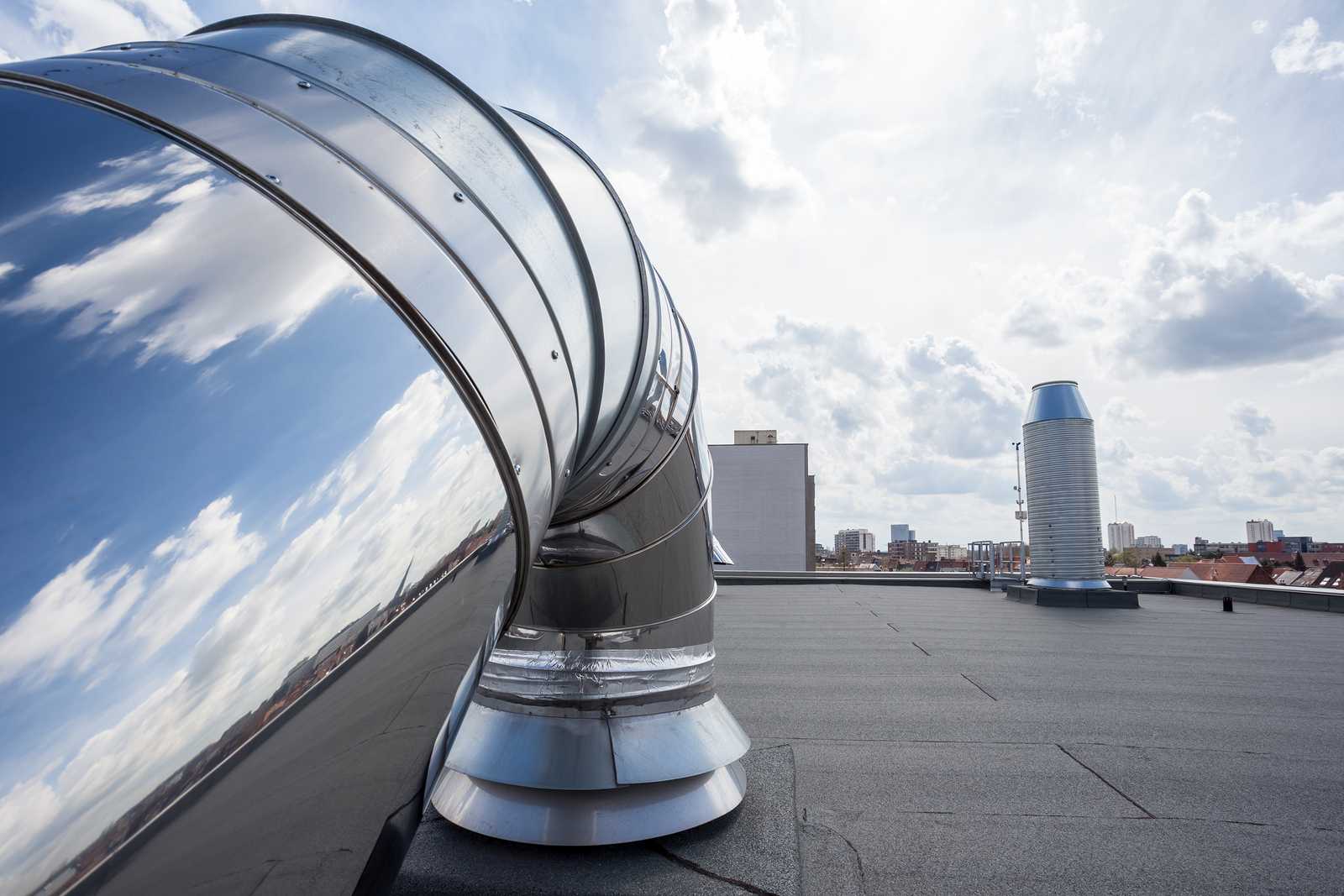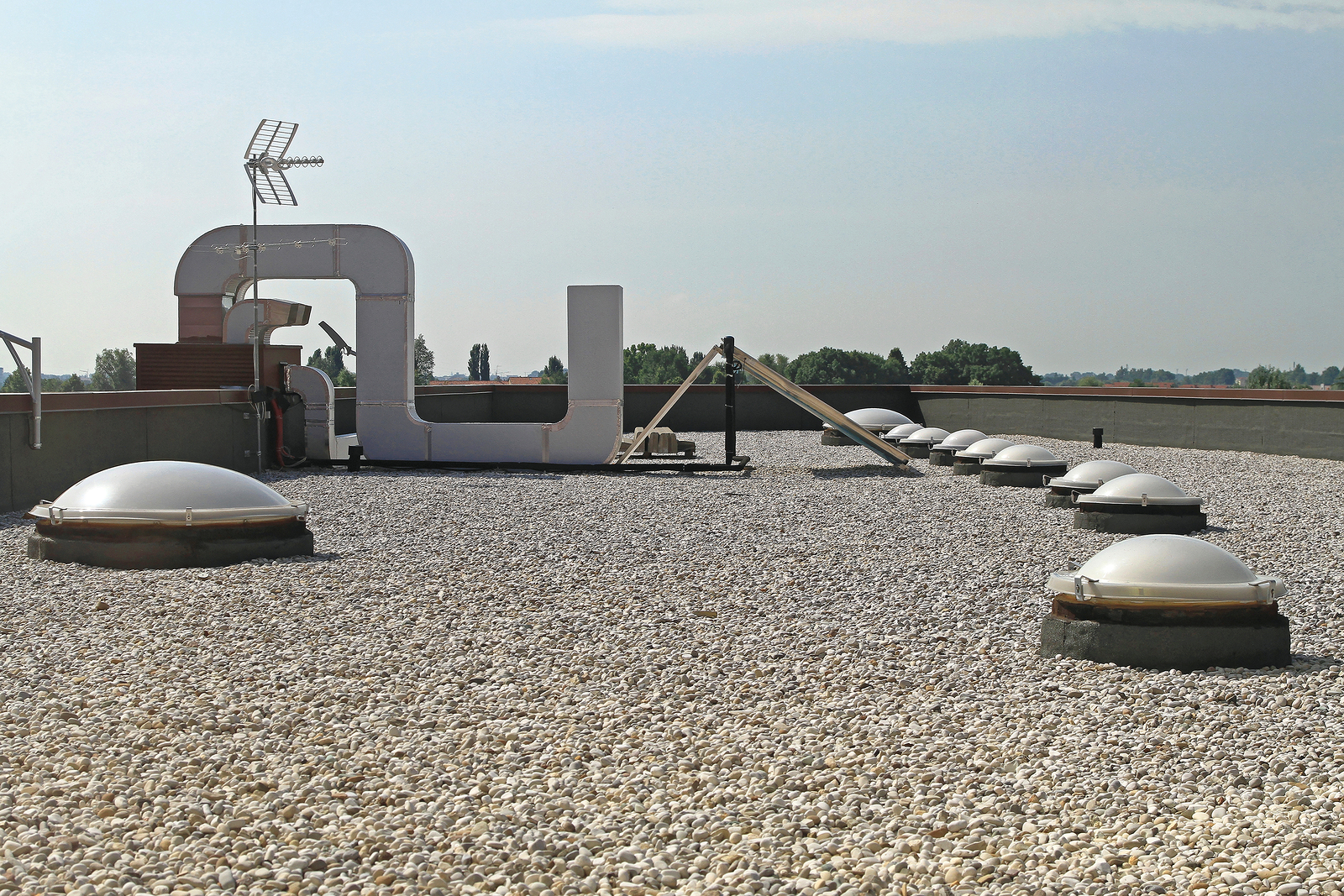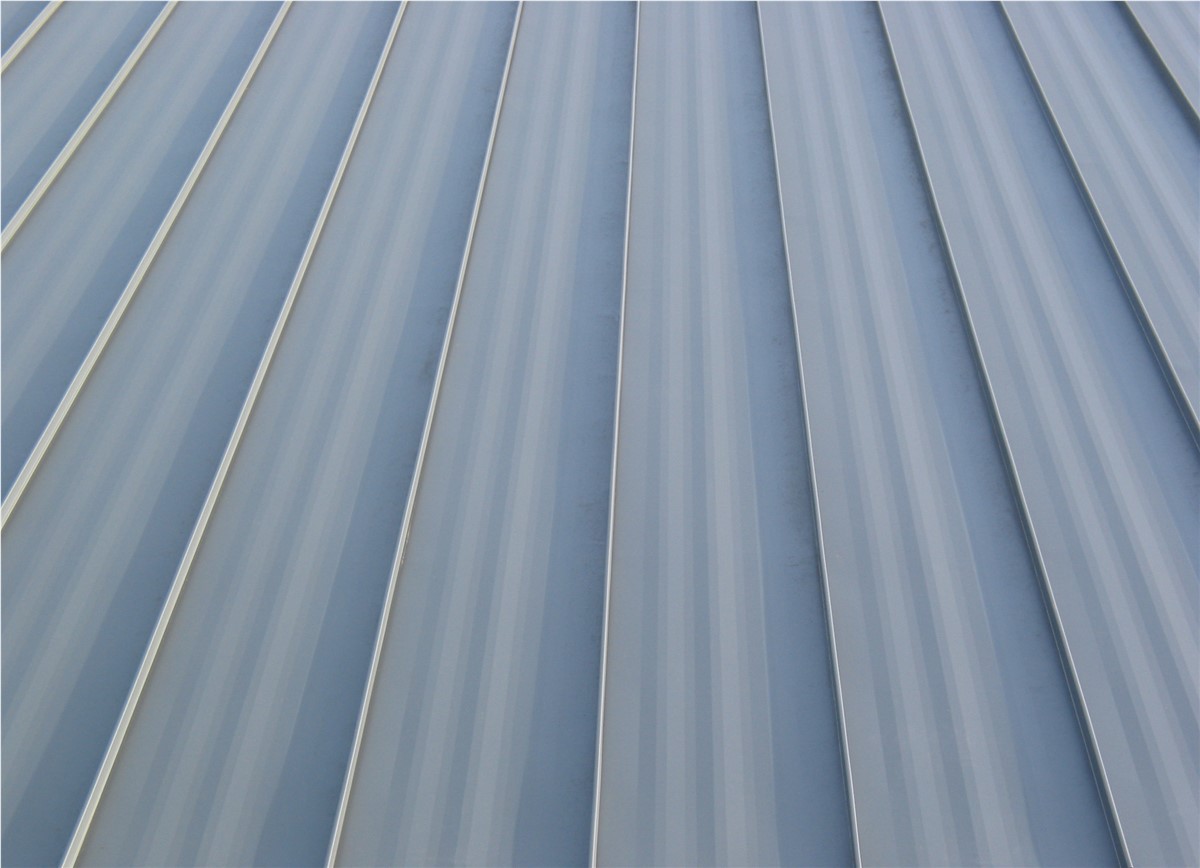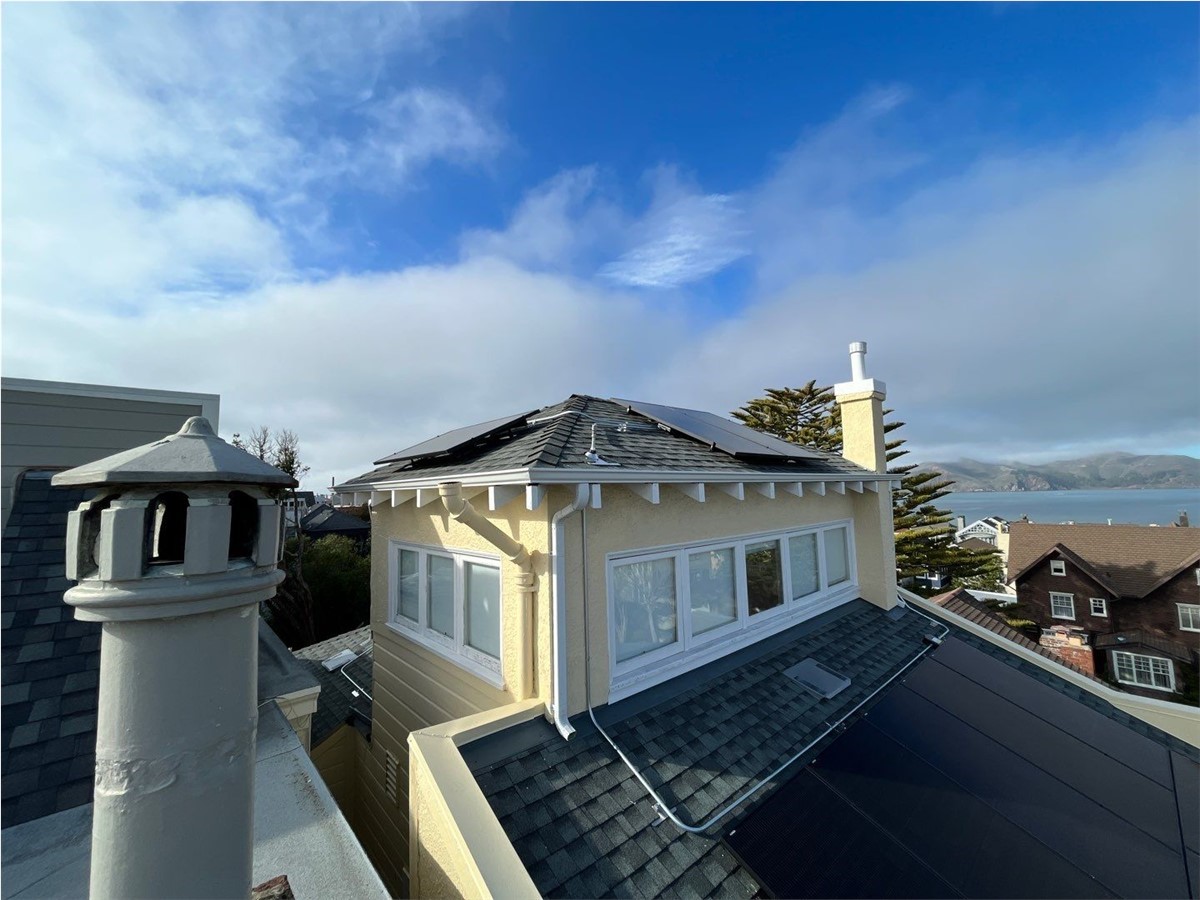 It’s easy to get carried away in my love for a beautiful roof on a San Francisco home. I love residential roofing, whether it’s flat or gabled, tile or metal. However, let’s not forget that commercial roofs need love too. Commercial roofs often provide additional challenges. Many are designed with pure function in mind, allowing better utility access and easier maintenance. Others may be designed primarily for aesthetics; to make their architecture shine. There’s a variety of flat-roofing options available, each with their own advantages and disadvantages.
It’s easy to get carried away in my love for a beautiful roof on a San Francisco home. I love residential roofing, whether it’s flat or gabled, tile or metal. However, let’s not forget that commercial roofs need love too. Commercial roofs often provide additional challenges. Many are designed with pure function in mind, allowing better utility access and easier maintenance. Others may be designed primarily for aesthetics; to make their architecture shine. There’s a variety of flat-roofing options available, each with their own advantages and disadvantages. Your Commercial Flat Roofing Options
 Asphalt BUR - A built up roof (BUR) is an application that is frequently seen. It’s an inexpensive choice, though the roof is heavy. This system uses several layers of asphalt and then topped with gravel to protect it from UV radiation, which can degrade the asphalt and make it brittle. EPDM Rubber - There are few faster ways to put down a flat roof than a single layer of rubber sheets. The seams are tied up with an adhesive, and when finished, you have an inexpensive, quickly-installed, flat roof. The only drawback is that while a roof can last for decades, EPDM rubber roofs often develop leaks or other issues related to their not being properly installed. Use a good roofer and these issues won’t happen! Bitumen - Another easy option is the use of modified bitumen, giving you the toughness of asphalt, and the flexibility of rubber. This material is easily rolled out and then attached to the sub-roofing materials; usually through heat or adhesive backings. While it has the benefit of being efficient, bitumen materials are sensitive to foot traffic. PVC - Vinyl roofing is a favorite for those interested in energy efficient roofing. The material is white, so it withstands the blistering heat of the sun very well. PVC is also strong and the best choice for waterproof applications. Like the rubber roofing, this material is laid out in rolls and has a resulting seam that will be the weak point in the longevity and maintenance of the roof. Metal - Metal is unique in that it can take any shape or color and can therefore be used in any roofing application. Your commercial roof can be covered with the strength of steel or aluminum, yet still be lightweight and waterproof. Properly installed, a metal roof can fit any cosmetic need while having the durability to outlast any other roofing material.
Asphalt BUR - A built up roof (BUR) is an application that is frequently seen. It’s an inexpensive choice, though the roof is heavy. This system uses several layers of asphalt and then topped with gravel to protect it from UV radiation, which can degrade the asphalt and make it brittle. EPDM Rubber - There are few faster ways to put down a flat roof than a single layer of rubber sheets. The seams are tied up with an adhesive, and when finished, you have an inexpensive, quickly-installed, flat roof. The only drawback is that while a roof can last for decades, EPDM rubber roofs often develop leaks or other issues related to their not being properly installed. Use a good roofer and these issues won’t happen! Bitumen - Another easy option is the use of modified bitumen, giving you the toughness of asphalt, and the flexibility of rubber. This material is easily rolled out and then attached to the sub-roofing materials; usually through heat or adhesive backings. While it has the benefit of being efficient, bitumen materials are sensitive to foot traffic. PVC - Vinyl roofing is a favorite for those interested in energy efficient roofing. The material is white, so it withstands the blistering heat of the sun very well. PVC is also strong and the best choice for waterproof applications. Like the rubber roofing, this material is laid out in rolls and has a resulting seam that will be the weak point in the longevity and maintenance of the roof. Metal - Metal is unique in that it can take any shape or color and can therefore be used in any roofing application. Your commercial roof can be covered with the strength of steel or aluminum, yet still be lightweight and waterproof. Properly installed, a metal roof can fit any cosmetic need while having the durability to outlast any other roofing material. More Room for Activities!
Flat roofing is the practical choice for most commercial options. It requires fewer materials, due to a decreased surface area and offers better utilization of the space. Your commercial roof should be inspected twice annually, as well as after major storms. The biggest concern in having a flat roof is the pooling of water. Draining will always be considered during roof installation, but you should check and clean your roof regularly for debris that can clog drains and still water, causing flashings to fail. If you have questions about the best approach for a flat roof for your business, the experts at Mr. Roofing are just a phone call away. We are happy to take a look at your project to offer specific advice.%Mr. Roofing San Francisco’s residential & commercial roofing experts
Tags
Subscribe to Mr. Roofing's Blog









Comments